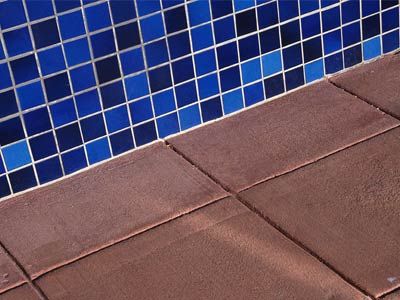You know that old couple down the street from you -- they're really too old to climb up on a ladder to do home maintenance activities. It never fails, though -- they take turns every season cleaning their gutters of leaves, twigs and other seasonal debris. You've vowed that the next time you see them haul out the ladder, you're going to volunteer to clean their downspouts for them. But you're also curious if it would benefit them to install a gutter guard. You've always wondered if they actually worked.
The thing is, there really isn't a simple answer. That's good and bad news.
Advertisement
Experts tend to agree that gutter guards don't provide foolproof protection against all the debris that can litter and clog gutters. You shouldn't purchase gutter guards with the intention of never cleaning your downspouts again. They don't make your gutters invincible or magically resistant to the debris of the seasons.
That being said, gutter guards have been known to reduce the frequency of gutter cleanings. Installing a gutter guard properly should lessen the number of times you'll have to clean your gutters.
It's a good idea to take a look at your gutters, especially in the autumn when leaves are falling. You'll also want to make sure in the winter that snow and ice don't clog your gutters. Spring and summer can pose their own problems, depending on the foliage surrounding your house.
Don't know which gutter guard will work best with your house or your neighbor's? Click to the next page to learn about the different types of gutter guards and how they function.
Advertisement


